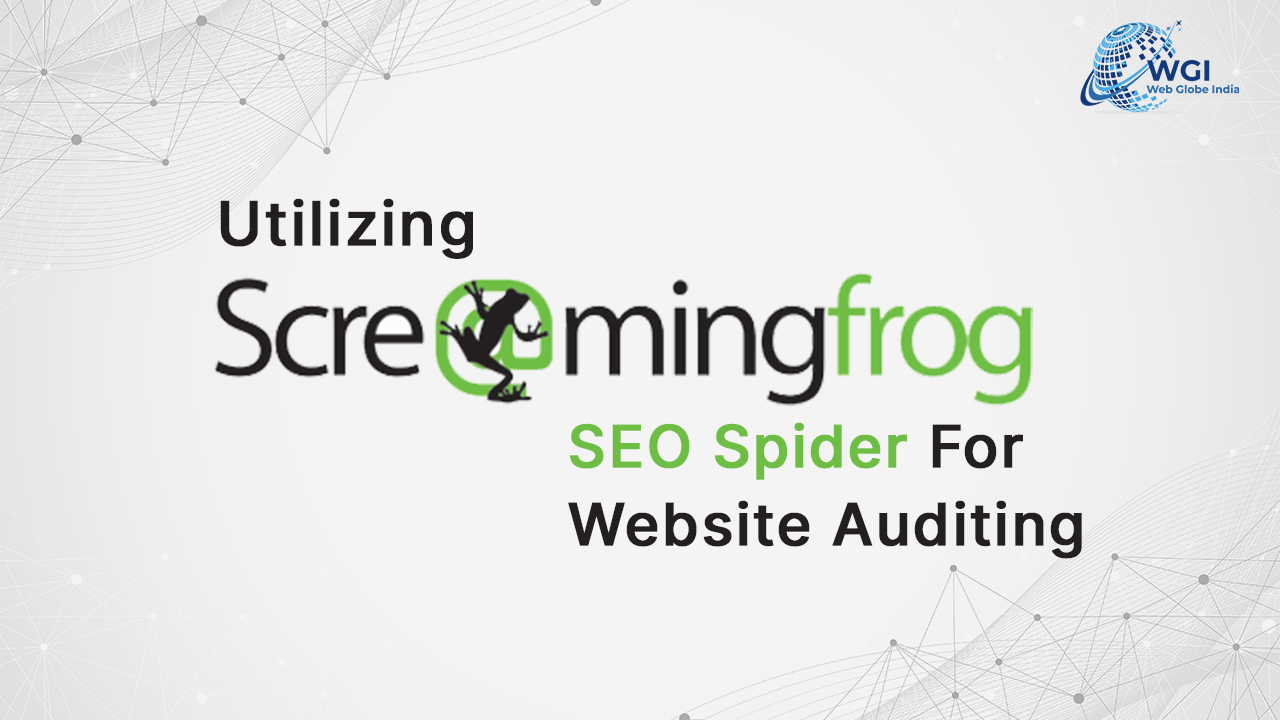In the ever-evolving landscape of search engine optimization (SEO), meta descriptions continue to play a crucial role in improving a website’s visibility and click-through rates. Google, the unrivaled leader in the world of search engines, has recently offered valuable insights into crafting highly effective meta descriptions. In this blog post, we’ll explore the significance of meta descriptions, Google’s advice, and how you can implement these insights to boost your website’s performance in search results.
Understanding the Role of Meta Descriptions
Meta descriptions are the brief snippets of text that appear beneath a search result. They serve as a concise summary of a web page’s content and are vital in persuading users to click on your link rather than others. An engaging and well-crafted meta description can be the difference between attracting potential visitors and losing them to competitors.
Google’s Guidance on Crafting Effective Meta Descriptions
Google recognizes the importance of meta descriptions and has shared some valuable advice on optimizing them. Here are the key insights provided by Google:
Keep it concise: Google suggests that meta descriptions should be between 50 to 160 characters. This length ensures that your description is neither too short to provide meaningful information nor too long to get cut off in search results.
Be informative: Your meta description should accurately reflect the content of your page. Avoid using clickbait or misleading descriptions, as this can negatively affect your website’s credibility.
Include relevant keywords: Incorporate relevant keywords in your meta description to make it clear to search engines and users what your page is about. This can improve your chances of ranking for specific search queries.
Highlight unique selling points: If your page offers something distinctive or solves a particular problem, mention it in the meta description. This can attract users who are specifically looking for what you provide.
Create a call to action (CTA): Encourage users to take action by using a compelling call to action in your meta description. Phrases like “Learn more,” “Discover,” or “Get started” can motivate users to click on your link.
Avoid duplicate content: Each meta description should be unique for every page on your website. Duplicate descriptions can confuse both users and search engines.
Implementing Google’s Insights
Now that you understand Google’s guidance on crafting effective meta descriptions, here are some practical steps to implement these insights:
Conduct keyword research to identify the most relevant keywords for each page.
Write unique meta descriptions for each page, keeping them within the recommended character limit.
Prioritize providing accurate and valuable information in your meta descriptions.
Include a clear and compelling call to action to entice users to click.
By following Google’s advice and implementing these best practices, you can enhance your website’s visibility in search results, attract more visitors, and ultimately improve your website’s performance.
In conclusion, crafting highly effective meta descriptions is an essential component of SEO. Google’s insights provide a valuable roadmap for optimizing these crucial elements. By adhering to the guidelines and implementing best practices, you can boost your website’s click-through rates and improve your overall online presence. So, start refining your meta descriptions today and watch your website rise in the search rankings.







